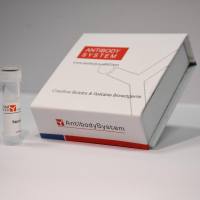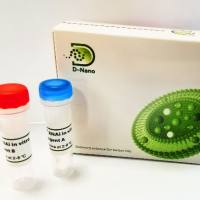Activation of caspases is a hallmark of apoptosis. Several methods, therefore, were developed to identify and count the frequency
of apoptotic cells based on the detection of caspases activation. The method described in this chapter is based on the use
of f
luorochrome-l
abeled i
nhibitors of ca
spases (FLICA) applicable to fluorescence microscopy, and flow- and image-cytometry. Cell-permeant FLICA reagents tagged with
carboxyfluorescein or sulforhodamine when applied to live cells in vitro
or in vivo
, exclusively label cells that are undergoing apoptosis. The FLICA labeling methodology is simple, rapid, robust, and can
be combined with other markers of cell death for multiplexed analysis. Examples are presented on FLICA use in combination
with a vital stain (propidium iodide), detection of the loss of mitochondrial electrochemical potential, and exposure of phosphatidylserine
on the outer surface of plasma cell membrane using Annexin V fluorochrome conjugates. Following cell fixation and stoichiometric
staining of cellular DNA, FLICA binding can be correlated with DNA ploidy, cell cycle phase, DNA fragmentation, and other
apoptotic events whose detection requires cell permeabilization. The “time window” for the detection of apoptosis with FLICA
is wider compared to that with the Annexin V binding, making FLICA a preferable marker for the detection of early phase apoptosis
and more accurate for quantification of apoptotic cells.






